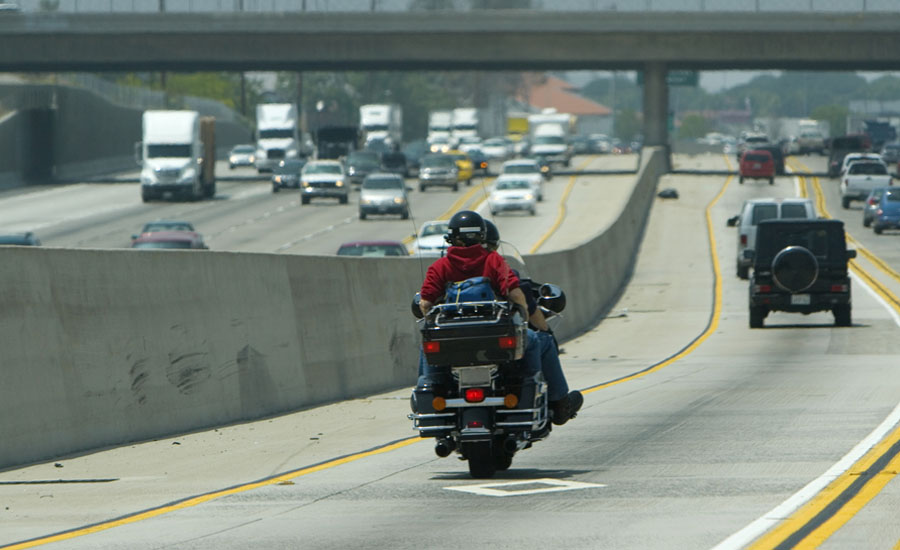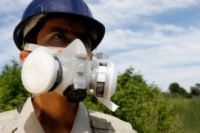Today Is Motorcycle and Scooter Ride to Work Day

If you see a lot more motorcycles and scooters on the road today than usual, there’s a reason. It’s the 27th annual Motorcycle and Scooter Ride to Work Day, a day meant to demonstrate the benefits of getting to work via something other than a car or SUV.
According to the American Motorcyclist Association those benefits include:
- Shared parking spaces, providing more parking for everyone else.
- Fewer resources consumed per-commuter than other powered mobility options.
- Reduced traffic and congestion.
- Less commuter travel time.
However, the National Highway Traffic Safety Administration (NHTSA) reminds motorists that motorcycles and scooters face many safety challenges on the road, including smaller size, reduced visibility, and nonstandard maneuvers such as downshifting and weaving.
The NHTSA offers the following tips for a safe Ride to Work Day and other days:
- Wear Your Helmet: Wear a DOT-compliant helmet and use reflective tape and gear to be more visible. NHTSA estimates that helmets saved the lives of 1,859 motorcyclists in 2016.
- Be Properly Licensed: Motorcycle-licensing regulations vary, but all States require a motorcycle license endorsement to supplement your automobile driver's license.
- Practice Safe Riding: Take the time to get accustomed to your motorcycle before hitting the open road. Make sure you know how to handle your motorcycle in a variety of conditions (e.g., inclement weather or encountering hazards such as slick roads, potholes, and road debris). If you plan to carry cargo or a passenger, be prepared to adjust the tires, suspension, and placement of the load.
- Check Your Motorcycle’s Condition: Before every ride, check the tire pressure and tread depth, hand and foot brakes, headlights and signal indicators, and fluid levels. You should also check under the motorcycle for signs of oil or gas leaks.
- Ride Safe and Sober: Never ride while distracted or impaired—it’s not worth the risk of killing or injuring yourself or someone else. Plus, a DUI costs $10,000 on average, and can lead to jail time, impoundment of your motorcycle, loss of your operator’s license, and higher insurance rates.
In 2016, there were 5,286 motorcyclists (4,950 riders and 336 passengers) killed in motor vehicle traffic crashes. Motorcycles only account for 3 percent of registered vehicles on the road, but motorcyclists are dramatically overrepresented in fatal crashes—especially those involving alcohol.
For more information about safe motorcycle riding habits, visit www.nhtsa.gov/road-safety/motorcycles.
Looking for a reprint of this article?
From high-res PDFs to custom plaques, order your copy today!






